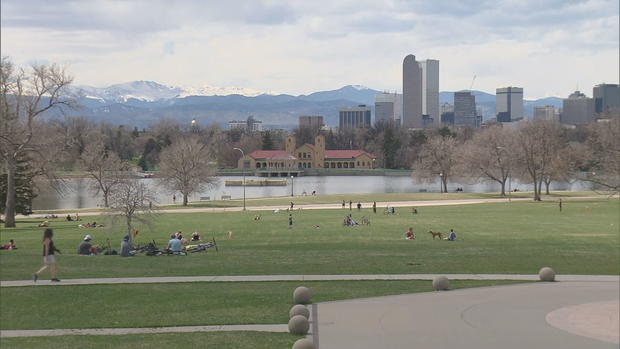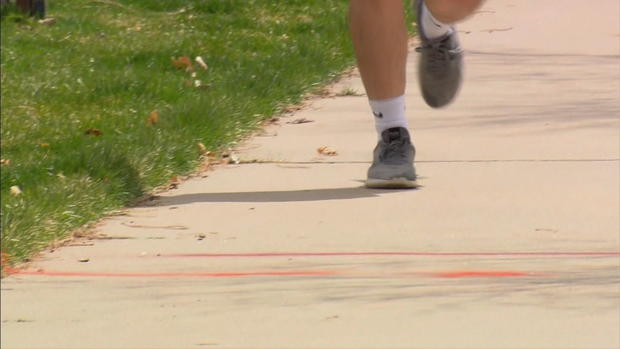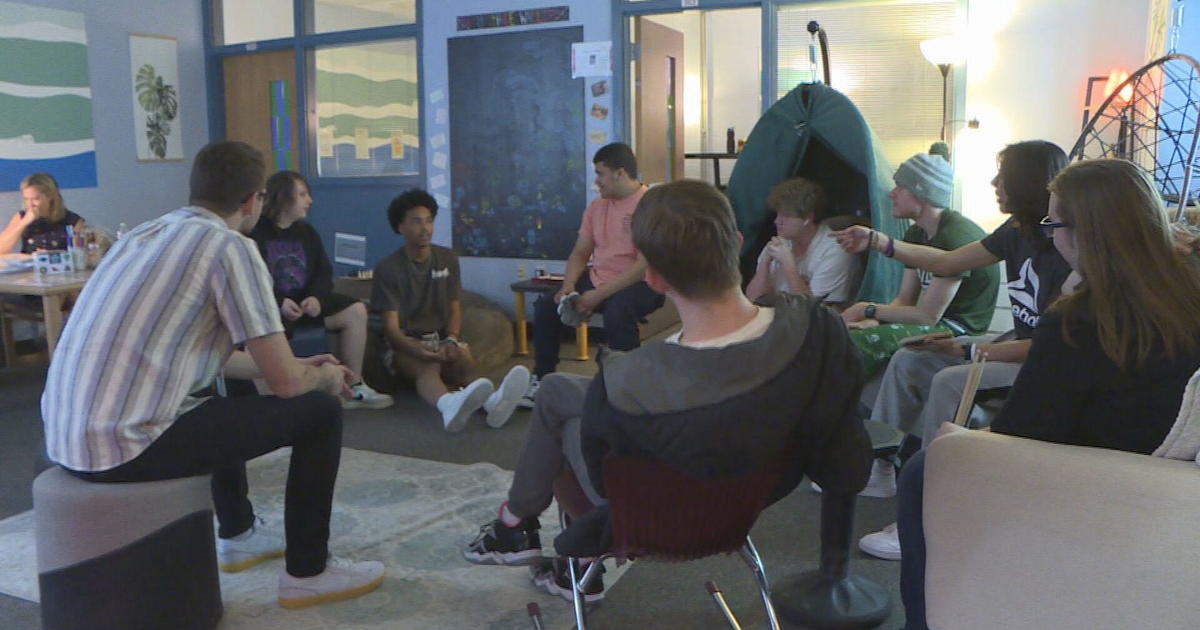Is Exercising Outside A Greater Threat?
DENVER (CBS4) – Get out and get at it. That's one way of beating the stay at home blues. Coloradans love their exercise and the parks and trails have been so full, rangers and deputies have been shooing people away.
But it's difficult to keep Coloradans down. The governor has called for all Coloradans to wear masks when out, but many people still are not.
"So you want to keep a wide birth from other people," said Universityof Colorado Boulder chemistry professor Jose Jimenez.
He is very cautious. He is among a group of experts who have sent a letter to the World Health Organization saying six feet is not enough. He compares the presence of the virus in the air to the smell of smoke.
"If you imagine that that person in front you or the person you cross is smoking and many times we will have the experience… (when) you go by someone who is smoking and you smell the smoke." That would seem to mean a long way.
But this is one question where there are a lot of opinions. Infectious disease specialist, Dr. Michelle Barron of UCHealth University of Colorado Hospital says time of exposure remains a big deal.
"You still have to have some pretty generous contact time and so if you're running… you're fine if you're passing people and making sure you're staying some distance apart." To her, that's six feet. Experts still don't know how much of the viral dose it takes to overwhelm your immune system and make you sick.
Some might wonder if the wind might drive the virus into you. There's nothing that indicates that. In fact, the wind may blow the droplets apart.
Jimenez however is concerned about a possible slip stream effect he has seen in some research.
"If you can keep 10 feet better, if you can keep 20 feet better, you can keep 30 feet better."
Barron is of the belief that time of exposure is of the essence.
"So if I got close to you for more than five minutes, then maybe I'd start thinking… well. There again, an incredibly low likelihood unless you're running backwards."
She is of the belief that there is a greater risk of transmission by touching surfaces with the virus, then your face than passing someone who may be infected. Even with more vigorous exhalations as we run or bike.
"We know how the flu spreads. This is not the flu, but there are other coronaviruses that spread in a similar way. I think all of these probably do the same thing You cough, you touch a surface and then you come along open the door and then itch your nose, I really still think that's primarily how this happens," she said.
RELATED: Latest Updates On The Coronavirus Outbreak In Colorado
To be sure, there is risk no matter what with COVID-19. There are many reports of people who are sick who have no idea how they got the virus.
"The only way to 100% eliminate the risk is not to be around anybody. And I don't know that I'm recommending that either," said Barron.
If you have a Good Question for CBS4's Alan Gionet, you can e-mail it to goodquestion@cbsdenver.com. He will try to report on as many as he can.





